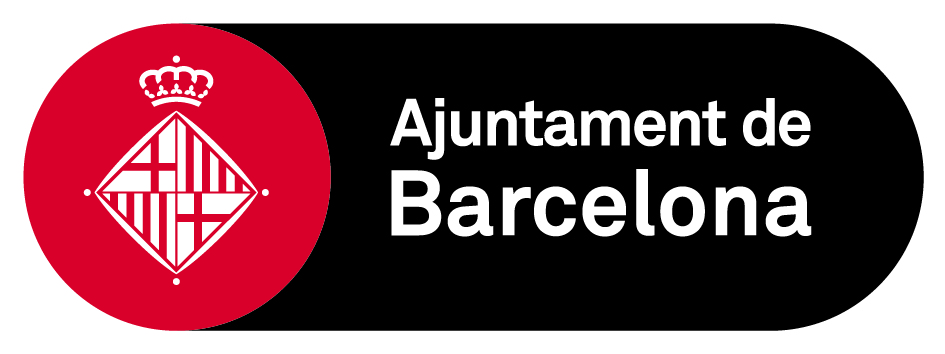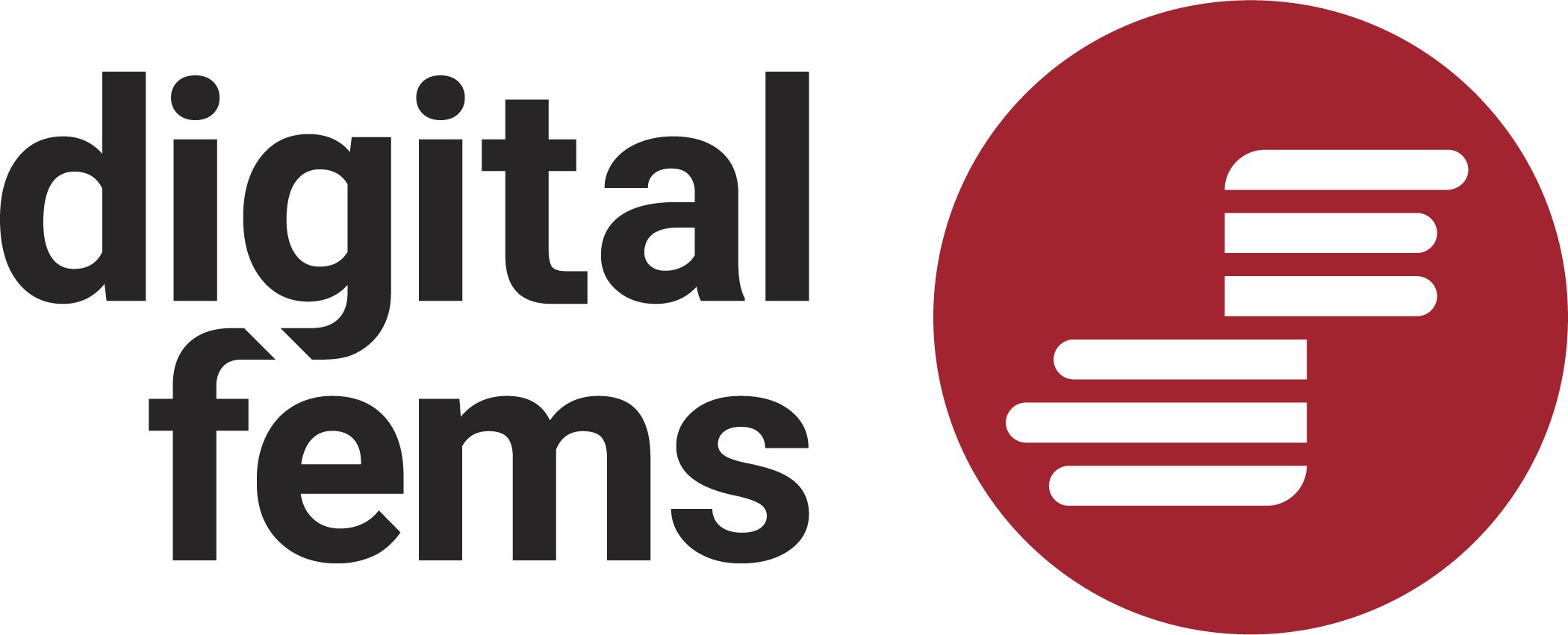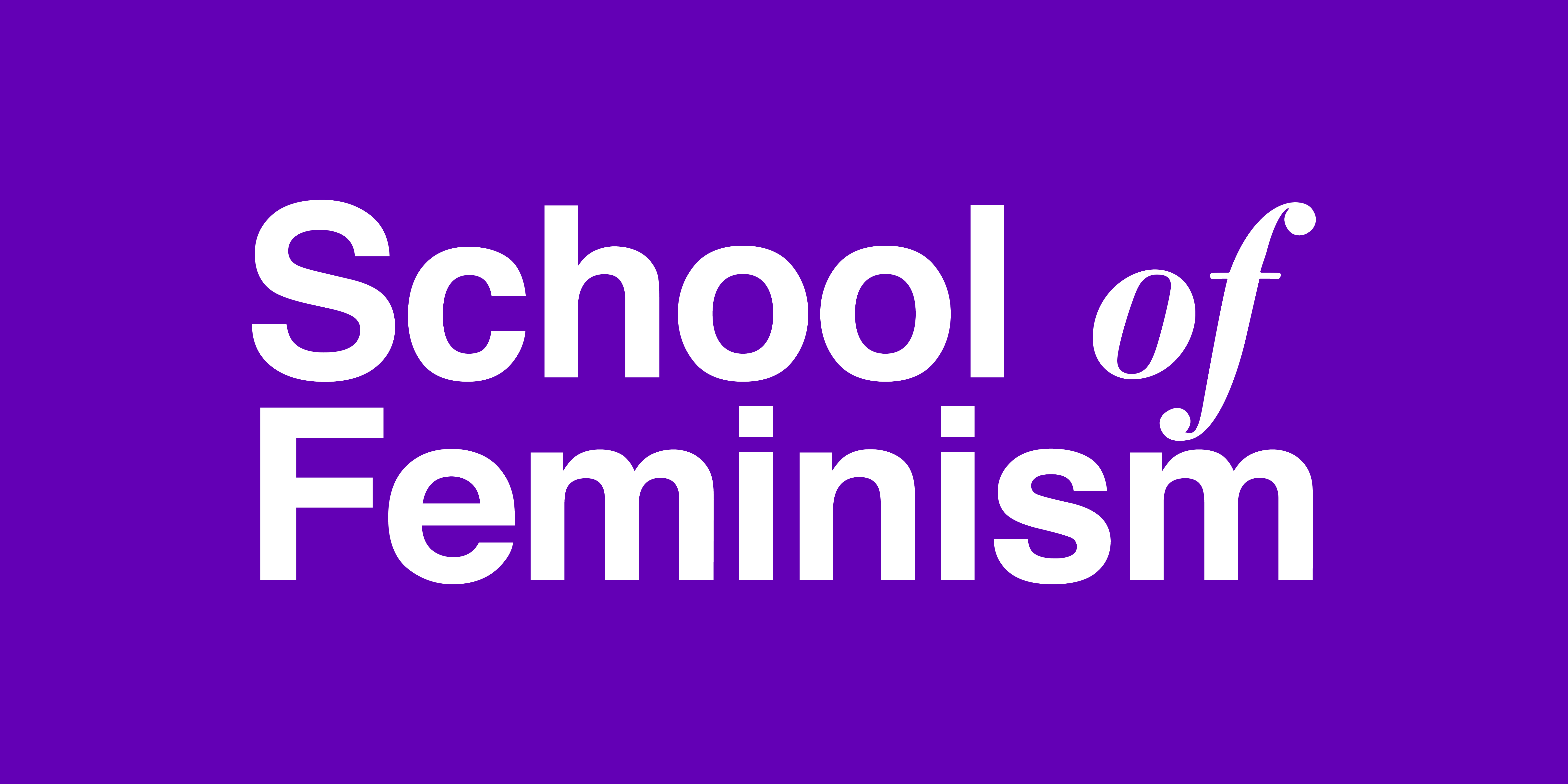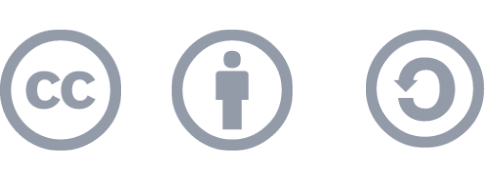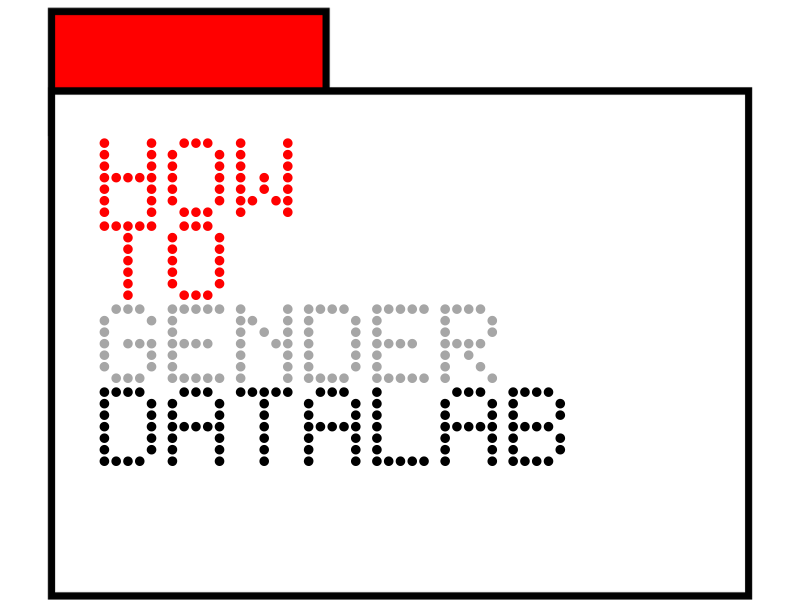
Basics on Open Data
What is Open Data?
Open data is data that anyone can ✅ access, use or share. OpenData is data that can be freely used, re-used and redistributed by anyone (subject only, at most, to the requirement to attribute and sharealike).
It enables 🧩 interoperability or the ability to combine different datasets together and thereby to develop more and better products or services, policies (public or private), etc.
The 3 basic principles
There are 3 basic features that describe what is OpenData, according to Open Knowledge Foundation
- Availability and Access: ✅ the data must be available as a whole and at no more than a reasonable reproduction cost, preferably by downloading over the internet. The data must also be available in a convenient and modifiable form.
- Re-use and Redistribution: ♻️ the data must be provided under terms that permit re-use and redistribution including the intermixing with other datasets.
- Universal Participation:☝️☝️☝️☝️☝️☝️ everyone must be able to use, re-use and redistribute – there should be no discrimination against fields of endeavour or against persons or groups. For example, ‘non-commercial’ restrictions that would prevent ‘commercial’ use, or restrictions of use for certain purposes (e.g. only in education), are not allowed.
What Data can be opened?
Open data 📝may include non-textual material such as maps, genomes, chemical compounds, mathematical and scientific formulae, medical data, judicial sentences, movies records, nearly everything that can be measured in structured files. 🔐
The only data that can not be opened is, for obvious reasons, personal data, that is, data which contain information about specific individuals.
Open data isn’t the same as big data, but big data can be open data too. For instance, today Big Tech Platforms generate and sell products and services thanks to Big Data processing, which is not open at all.
For a deeper dive in what OpenData is about, we recommend the ODI Guides
What is Open Gender Data?
It is the result of adding a layer of openness to data sets related to gender issues, or topics that include data disaggregated by biological sex or gender identities. This is, gender data accessible in real time, remixable, and open to everyone.
Open Gender DataSets are parcels of data – for example, from Sexist Crime statistics for a region, Gender perspective in spending figures for a government department, or access and use of public bike services in Cities as Barccelona open to be readed, processed etc.
